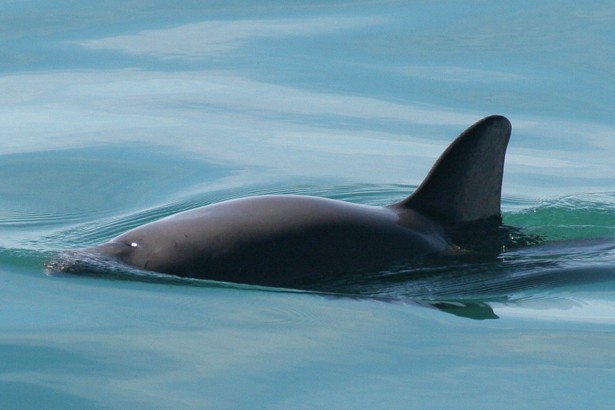The International Union for Conservation of Nature (IUCN) has recommended “in-danger” status for Mexico’s World Heritage-listed Islands and Protected Areas of the Gulf of California, after a mission confirmed the vaquita – the smallest and most endangered species of porpoise – is at risk of imminent extinction.

This advice to the World Heritage Committee is included in a monitoring report released on Thursday, June 8, 2017 by the United Nations Educational, Scientific and Cultural Organisation (UNESCO).
The vaquita is a rare species of porpoise endemic to the northern part of the Gulf of California. The word vaquita is Spanish for “little cow”. Porpoises are a group of fully aquatic marine mammals that are sometimes referred to as mereswine.
Despite ongoing efforts by Mexico, illegal gillnet fishing of totoaba, whose swim bladder is in high demand in Asia, is threatening the vaquita with imminent extinction, as the porpoise gets entangled in the illegal nets. An estimated 30 vaquitas only are left in the Islands and Protected Areas of the Gulf of California, the only place on Earth where they can be found.
Following a field mission jointly with UNESCO’s World Heritage Centre, IUCN recommends listing the site as ‘in danger’. A number of urgent measures are recommended, including a permanent ban on gillnets and international cooperation to halt illegal wildlife trade.
The List of World Heritage in Danger is designed to mobilise urgent action to tackle severe issues that can damage the outstanding values of World Heritage sites. Out of 238 sites listed for their natural values, 18 are currently listed as “in danger”.
IUCN’s advice is addressed to the World Heritage Committee, the governing body of the World Heritage Convention, which will meet at its annual meeting in Kraków, Poland from July 2 to 12. IUCN is the advisory body on nature under the Convention and the Committee takes the final decisions.
For the 2017 meeting, IUCN has prepared recommendations together with UNESCO’s World Heritage Centre for 55 natural sites facing threats, and has evaluated 13 proposals to inscribe new sites on the World Heritage List, or extend and modify sites already listed.
UNESCO’s World Heritage Centre on June 8 released a final set of reports, following two dispatches on May 19 and June 2. In addition to the Islands and Protected Areas of the Gulf of California, natural sites featured in the reports issued include: Simien National Park in Ethiopia, the Rainforests of the Atsinanana in Madagascar, and the Historic Sanctuary of Machu Picchu in Peru – a mixed natural and cultural site.
